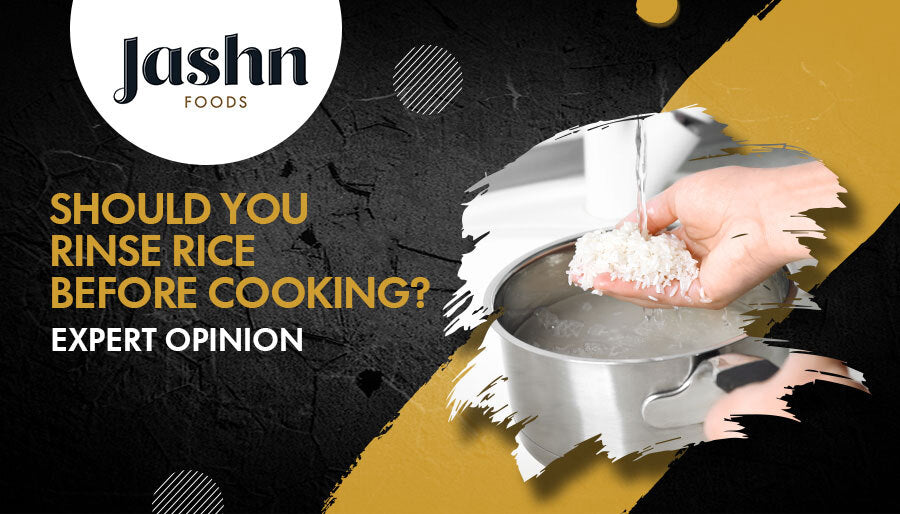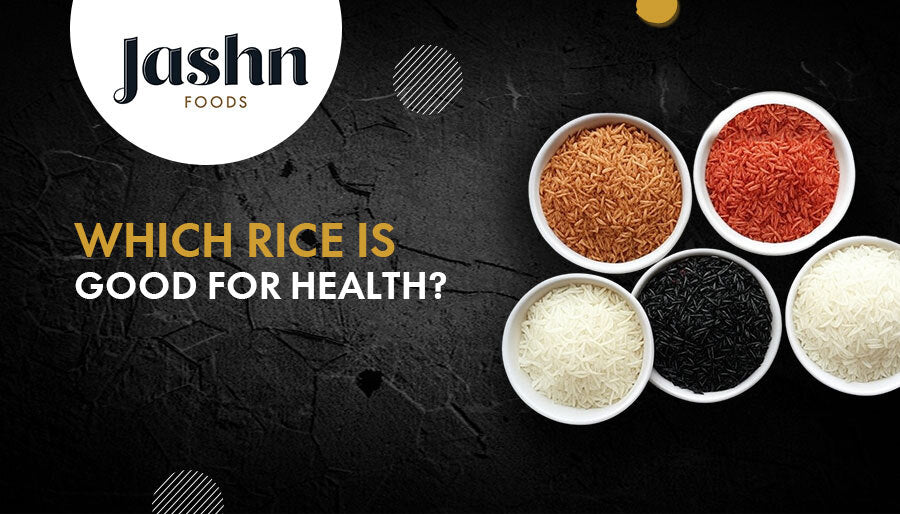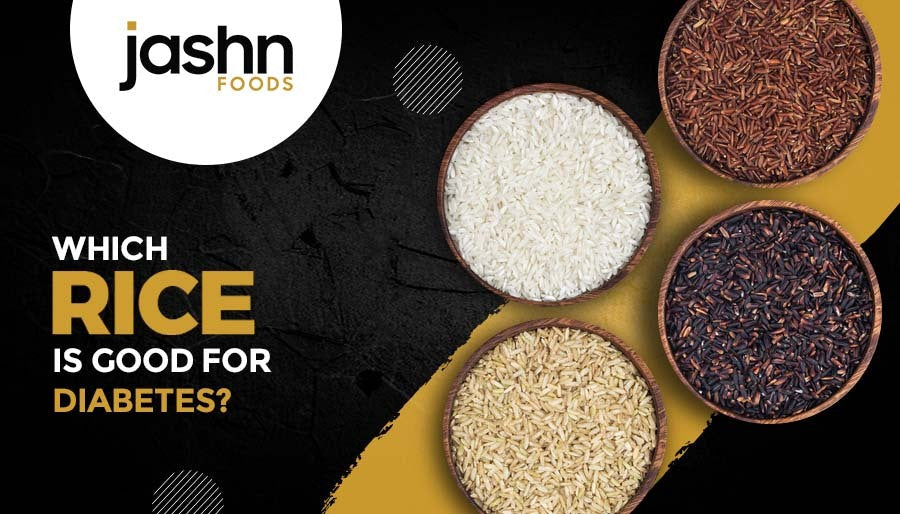Have you ever found your cooked rice gummy, gooey, or sticky? It’s because you may have skipped the rinsing part. In every Indian household, rinsing rice before cooking is almost mandatory. Even if you look at the rice brands’ packages, you’ll find the steps mentioned first to rinse the rice.
Many people rinse the rice, and many don’t. So, should you wash your rice before cooking? To find the answer to this question, we are going to highlight the pros and expert opinions about it. Let’s get started.
Why to rinse rice
Milled rice is usually hygienic. When the rice grains come in contact with each other in packaging, the friction between them creates a fine, powdery, starchy substance that covers the exterior of the rice grains. During the husk, brand, and germ removal process, the starchy endosperm or kernel interior gets exposed, making it more prone to breakdown during packaging.
When you cook rice without rinsing, it gets sticky and creates a gum-like appearance. That’s why you need to rinse rice more.
The starch that the rice contains in the fine powdery form is amylose and amylopectin. When you rinse the rice, it gets washed off and hence, the rice grains appear fluffy.
Rinsing rice also helps remove dust and other foreign particles. Fluffy and separate grains helps create delicious rice recipes.
How to rinse rice properly
Rice washing or rinsing is very simple. There are two ways to do it — strainer and bowl method. Let’s understand each method separately.
Strainer method of rinsing rice
Take a strainer that has a fine metal mesh. Keep rice in it and put it under the tap until the water running out of it runs clear. You can store the running water in a glass bowl to see whether it’s clear enough.
Bowl method of rinsing water
Another way to rinse rice is to add it to a bowl and pour water over it until it is covered. Agitate the rice using your fingers and swirl it. Dump the cloudy water and repeat the process until the water runs clear. You can even soak the rice beforehand and then rinse it.
When to rinse the rice
When you want to make fluffy rice with separate grains, you need to rinse the rice. No matter the rice variety, rinsing is required. Recipes like pilaf, fried rice, biryani, etc. taste great from rinsing. Even if you’re making simple steamed rice, you would like to rinse it off to remove excess starch and dirt.
If you make dishes like kheer, porridge, or risotto then you can give it a quick wash.
Rinsing or soaking: which one to choose?
Do you find yourself in dilemma when choosing between rinsing and soaking? Well, both these have different purposes to fulfill. When you rinse rice, it removes dirt and foreign particles from the rice. Contrary, soaking cuts down the cooking time.
Soaking is also helpful in reducing arsenic in rice. Rice crops absorb arsenic more than other grains. Although soaking doesn’t remove all the arsenic, it reduces it. Further, cooking the rice with plenty of water and discarding it during cooking removes about 40% to 60% of arsenic.
So rinsing rice is a process that preps the rice for cooking. We recommend using only the best quality basmati rice from suppliers like Jashn Foods for delicious dishes.
Conclusion
Rinsing rice is one of the preliminary step in cooking rice. It removes dirt and unwanted particles from rice along with excess starch to make rice look fluffier upon cooking. You can soak rice after rinsing to remove starch and reduce arsenic.




